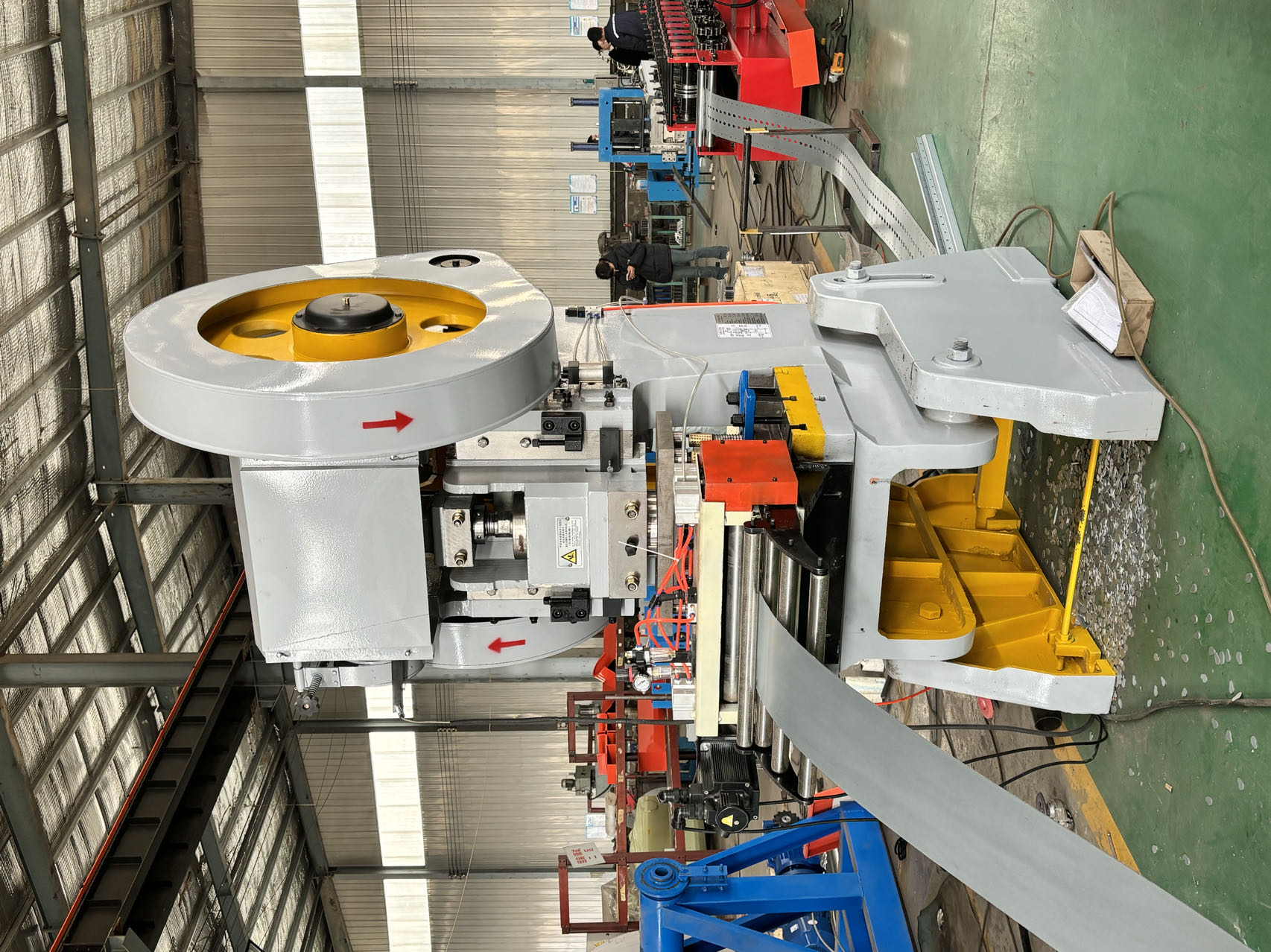
The Discontinuation of PU Foam Production Lines Challenges and Implications
Polyurethane (PU) foam has long been a staple in various industries, including furniture, automotive, packaging, and insulation. Its versatility, durability, and comfort have made it a popular choice for manufacturers and consumers alike. However, recent trends indicate a shift in the landscape of PU foam production, with several manufacturers considering the discontinuation of production lines. This article explores the factors contributing to this trend and its possible implications for the industry.
Economic Factors
One of the primary reasons for the discontinuation of PU foam production lines is economic considerations. The rising costs of raw materials, including crude oil, which is a significant component in the production of PU foam, have squeezed profit margins for manufacturers. Moreover, the volatility of these prices can make budgeting and financial planning challenging for businesses. As companies struggle to maintain profitability, some may find it more cost-effective to halt production lines, particularly if they are not performing well in terms of sales.
Environmental Concerns
The increasing focus on sustainability and environmental impact has also played a crucial role in this trend. PU foam production is associated with significant environmental concerns, including the release of volatile organic compounds (VOCs) during production and the challenges associated with recycling and disposal. As consumers and regulators push for greener alternatives, manufacturers are reevaluating their product lines. Discontinuing PU foam production can be seen as a proactive step towards adopting more sustainable practices, such as investing in biodegradable materials or eco-friendly alternatives.
Regulatory Pressures

Government regulations regarding chemicals and materials used in manufacturing are becoming more stringent. Compliance with regulations that govern the use of harmful substances can lead to increased operational costs for producers of PU foam. As regulatory pressures mount, some companies may find it more feasible to discontinue traditional PU foam production in favor of innovations or alternatives that align better with evolving standards.
Market Dynamics
The market dynamics of the furniture and automotive industries are changing. With the growing popularity of alternative materials such as natural foams or synthetic options that boast better performance or environmental credentials, PU foam is facing increased competition. Manufacturers may choose to pivot away from PU foam production lines to stay relevant and meet market demand. This shift reflects a broader trend toward innovation and adaptability within the industry.
Implications for the Industry
The discontinuation of PU foam production lines may have significant implications for various stakeholders. First, manufacturers will need to navigate the transition carefully, balancing the production of existing products with the development of new ones. Workers involved in PU foam production may face job displacement, prompting the need for retraining and reskilling initiatives.
Additionally, consumers may experience shifts in product availability and pricing as manufacturers reassess their product offerings. It is essential for companies to communicate transparently with consumers about any changes to product lines, ensuring that they understand the reasons behind these shifts and what alternatives may be available.
In conclusion, the decision to discontinue PU foam production lines is influenced by multiple factors, including economic pressures, environmental concerns, regulatory challenges, and evolving market dynamics. As the industry moves forward, it is imperative for manufacturers to embrace innovation and sustainability to meet the changing demands of consumers and regulators alike. The future of PU foam may be uncertain, but it presents an opportunity for growth and evolution in the materials market.